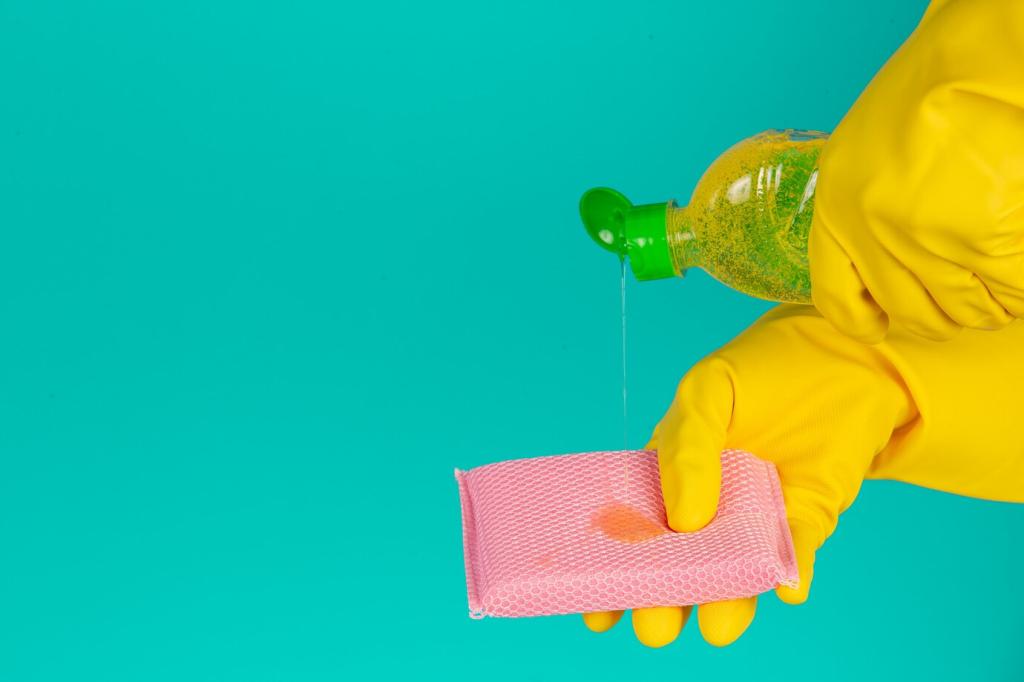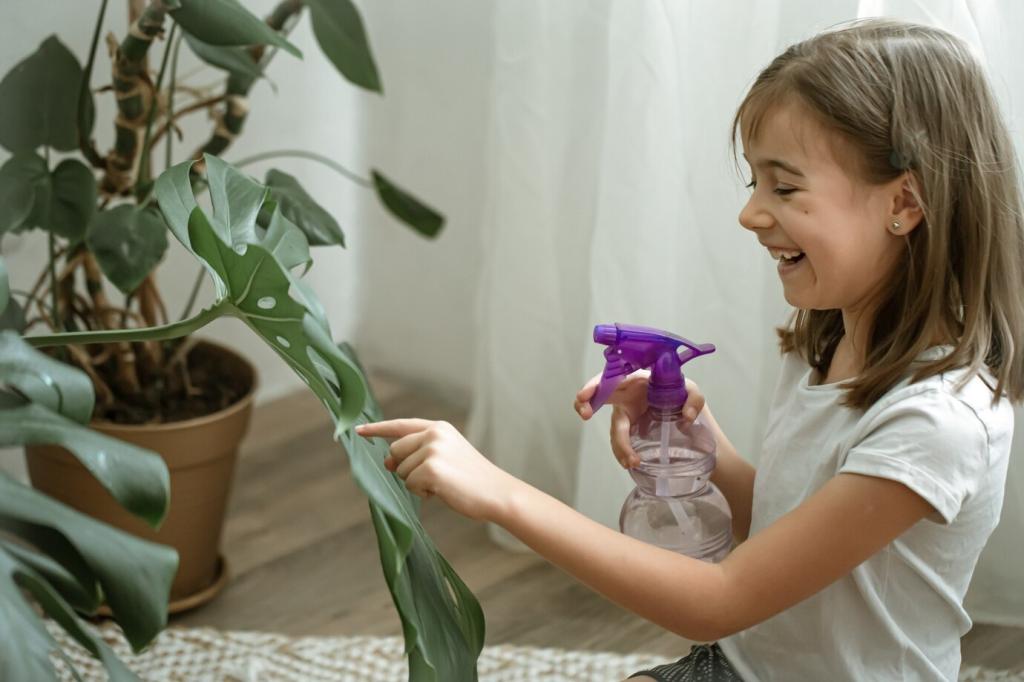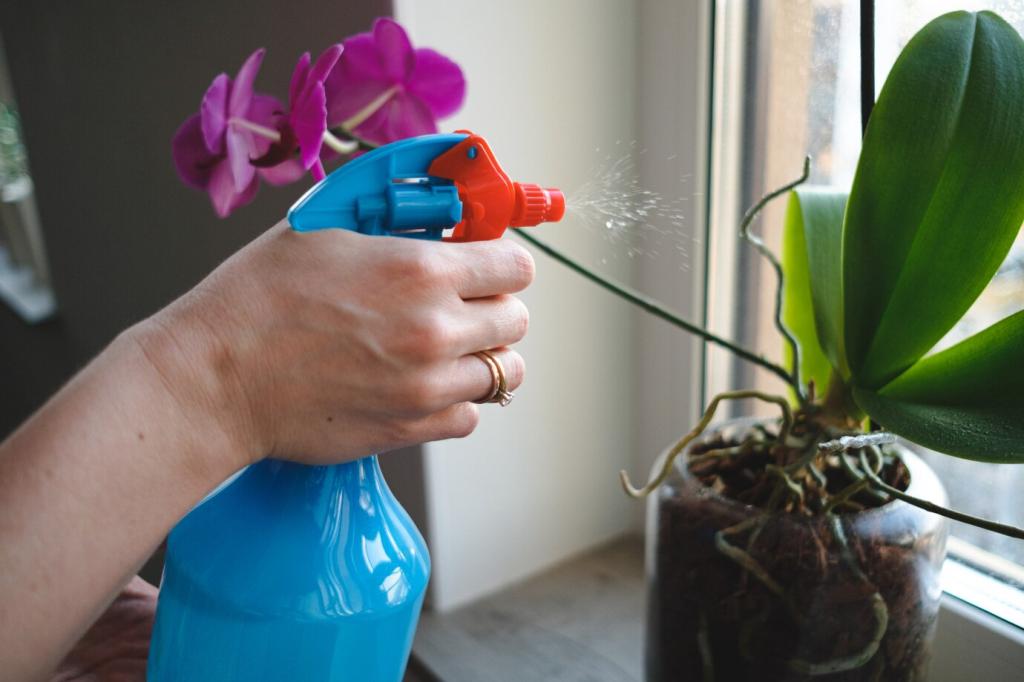Plant-Powered Wood Care
Melt carnauba and candelilla waxes with fractionated coconut or grapeseed oil in a double boiler, cool, then whisk until creamy. Add a drop of citrus terpene for scent. Buff lightly; thin coats prevent build-up and respect original finishes.
Plant-Powered Wood Care
Use pure tung or polymerized linseed oil—both plant-based—to refresh dry surfaces. Apply sparingly with a lint-free cloth, allow proper curing, and avoid beeswax pastes. Document your curing times, then comment so others can learn from your experience.
Plant-Powered Wood Care
I revived a thrifted oak table with diluted castile soap, a soft tampico brush, and patience. After drying, a whisper-thin tung oil coat restored warmth and clarity. Share your restoration wins and your favorite vegan finish combinations.
Plant-Powered Wood Care
Lorem ipsum dolor sit amet, consectetur adipiscing elit. Ut elit tellus, luctus nec ullamcorper mattis, pulvinar dapibus leo.












